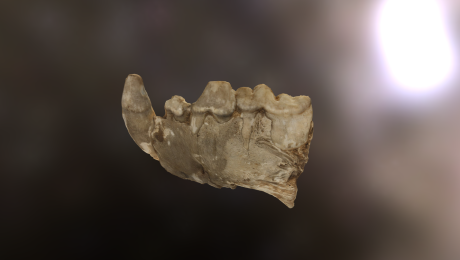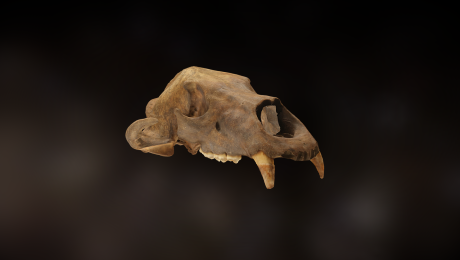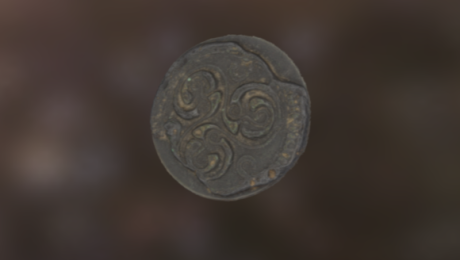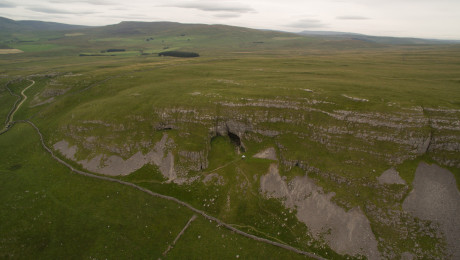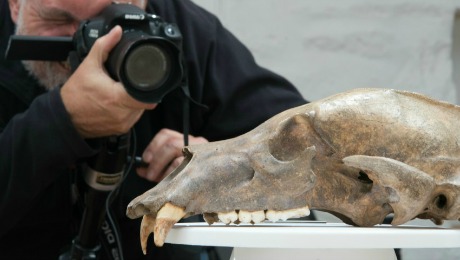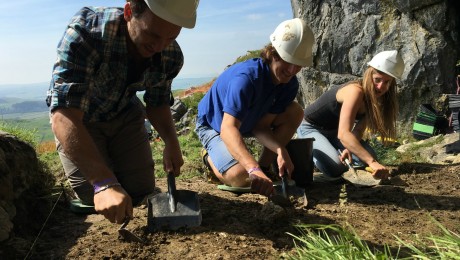It’s one thing being able to see the artefacts, but what about where they were found? Take a look inside Victoria Cave and see exactly where they came from.
Ask an archaeologist what an artefact is worth and they will tell you that without knowing we where it came from, what layer it was in, and what else it was found with, it is practically worthless. In other words, it’s all about context
Since Victoria Cave was first discovered in 1837, the artefacts found inside made Victoria Cave a star of Victorian science, providing evidence of Ice Age predators, and sedimentary sequences that shaped today’s understanding of our climate.
But what about the cave itself? Today, the huge cave mouth is well worth a visit, but as a Site of Special Scientific Interest, the rest of it is closed off to the public. That doesn’t stop you taking a look inside!
Inside Victoria Cave
We used photogrammetry (the same method we used for making the virtual artefacts) to create an accurate record of the cave’s inner chambers, where artefacts like the bear skeleton were found.
In the process, we showed that photogrammetry is a much more manageable way of capturing the data needed to produce 3D survey models in enclosed and difficult to reach spaces than the much more costly alternative of laser-scanning.
